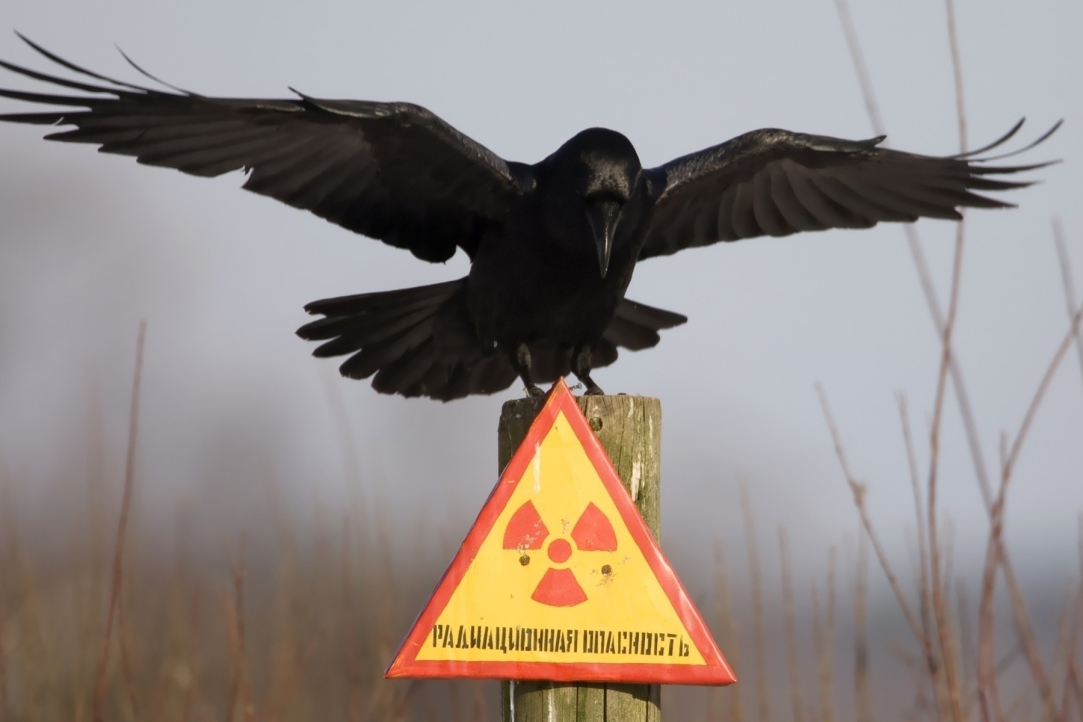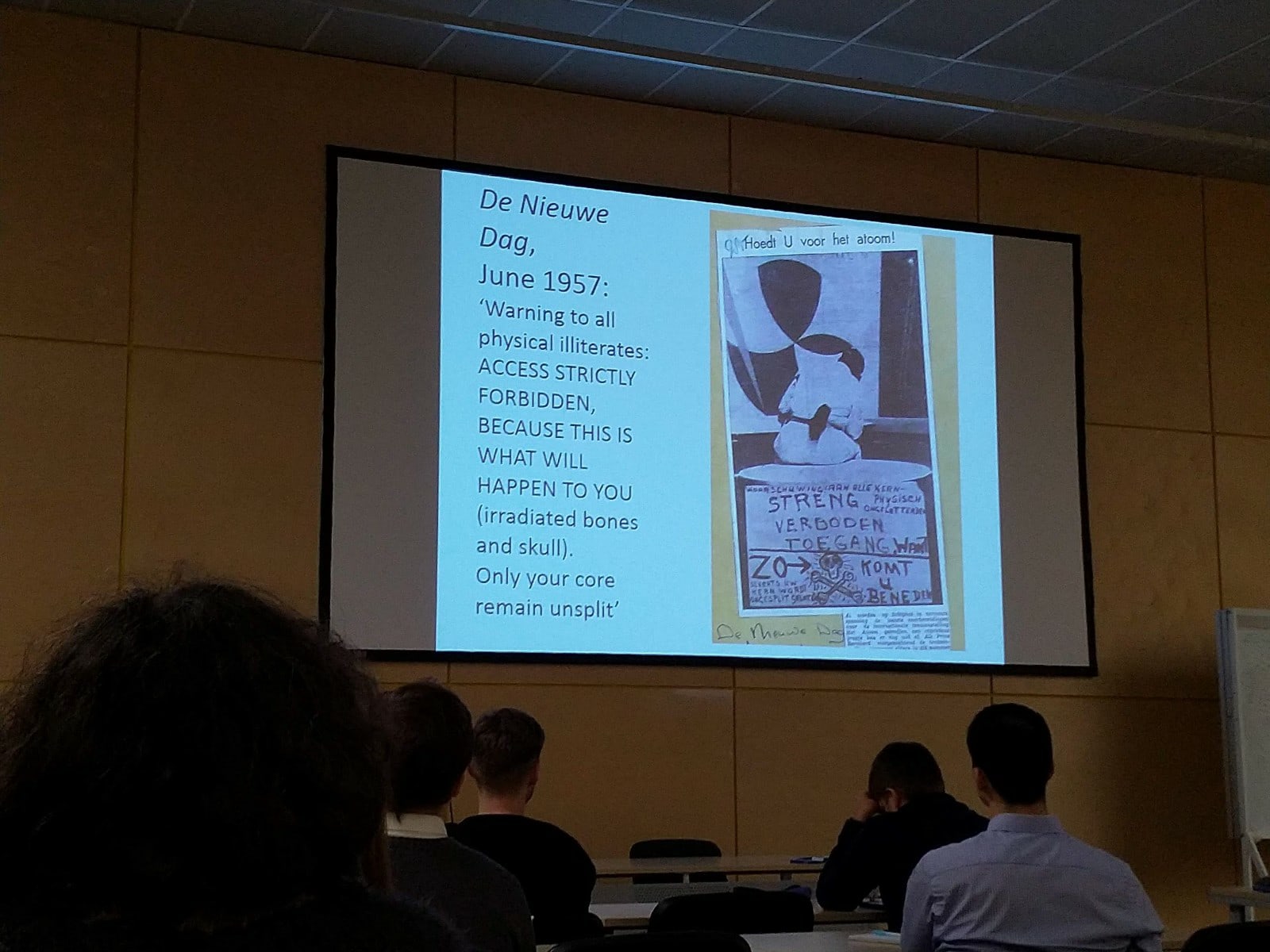«Invisible Rays and the Material Environment in the Cold War» by Dick van Lente
On December 16, at the international symposium, Cold War matters: The (In) Visible Economies of Things, organized by the Laboratory for Environmental and Technological History, Dick van Lente, associate professor and lecturer on the history of the culture of modern societies at Erasmus University Rotterdam, spoke. His professional interests include the global history of technology and innovation, the history of everyday life, social, economic and cultural history.

In the framework of the international symposium organized by the HSE St. Petersburg, the historian delivered a lecture on the theme ŌĆ£Invisible Rays and the Material Environment in the Cold WarŌĆØ, which considered ionizing radiation as a new reality in the material world during the Cold War. "Invisible rays" have become the regulator of international relations. The historian identifies two key events - a nuclear attack in Hiroshima and Nagasaki and the explosion of a nuclear power plant in Chernobyl - which caused unrest among civilians. People were concerned about the safety of radiation, so the researchers of that time faced the task of neutralizing fear and mistrust on the part of citizens. If earlier nuclear science and technology were ŌĆ£invisibleŌĆØ to society, now they are acquiring materiality. Further, Dick van Lente examines the relationship between government, society and nuclear energy using the example of Holland. The Dutch government needed to transfer industrial production from the use of natural resources to nuclear. All this happened against the backdrop of political tension caused by the danger of a nuclear war. Scientists faced the question of increasing social trust in the use of uranium. Although attempts were made to build bunkers and inform the population how to behave in the event of a disaster, people still did not trust scientists and were worried about personal safety. Humanity came into contact with uranium, which had no materiality and could not be controlled. In conclusion, the lecturer says that society is not able to reverse the history of the relationship between radiation and man, which means that it is necessary not only to oppose uranium as an abstraction, but to deal with its material aspects. This issue should not be considered at the political level, but at the public.
During the discussion, listeners asked a lot of questions, in particular about the theoretical framework used by the speaker. The main stumbling block was that the speaker, telling a story in the spirit of Latour, did not use his concept (using assemblies instead) and without referring to him, speaking of uranium as a ŌĆ£black boxŌĆØ. For this reason, listeners wanted to clarify the speaker's theoretical affiliation and which theories he relied on. On the other hand, students asked about the correctness of the comparison and local features of various technological disasters at nuclear facilities that the speaker described.
Authors - Ksenia Chernova, Daria Babukhina.
